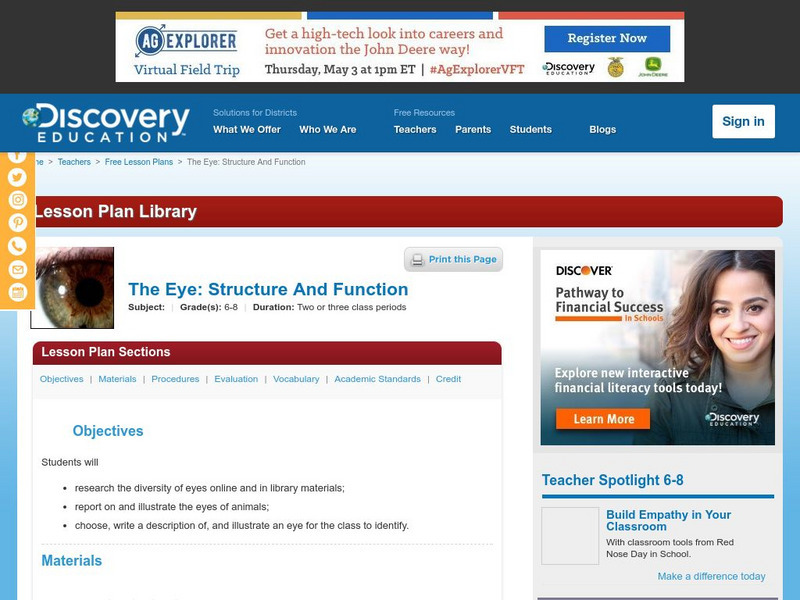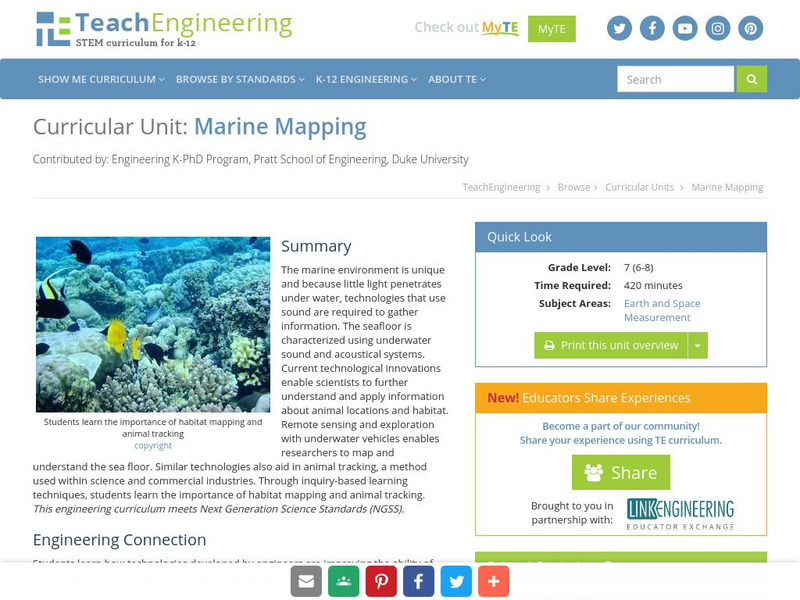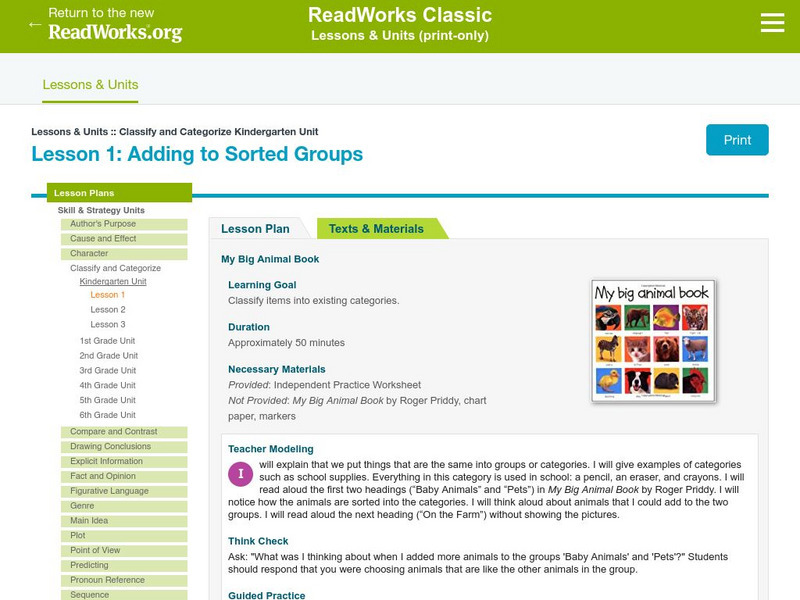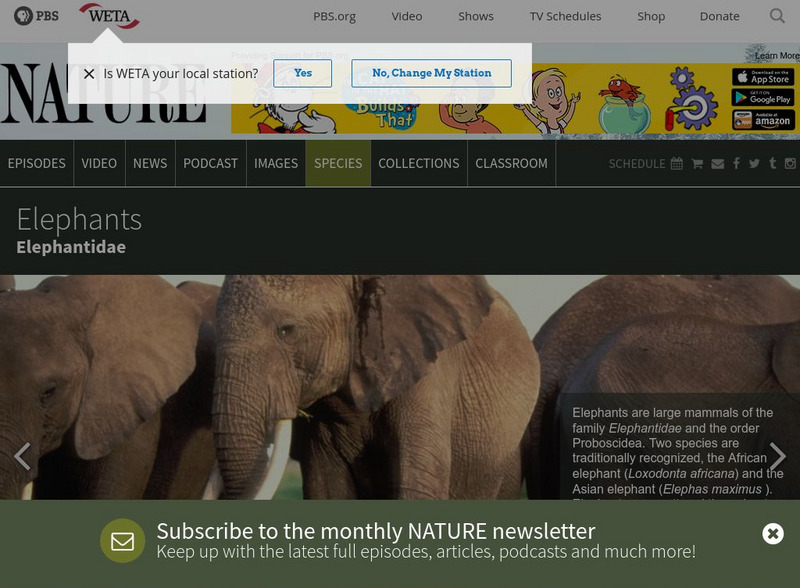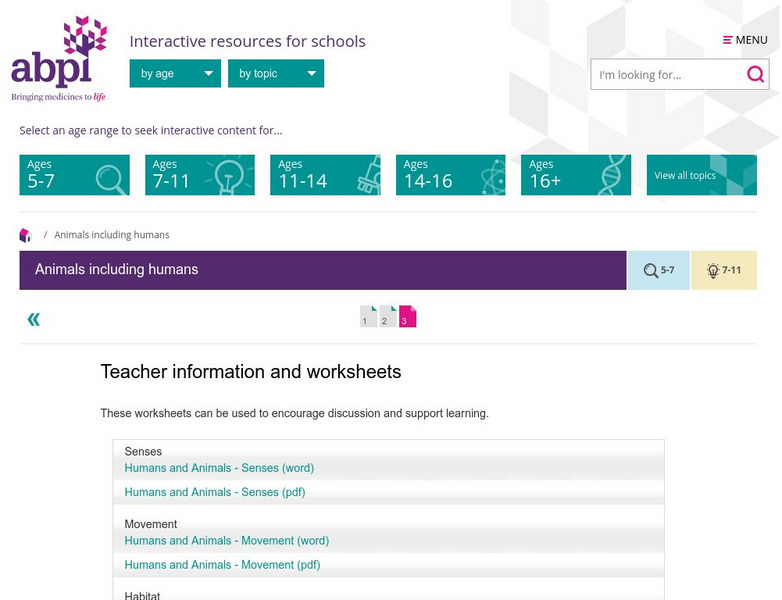Discovery Education
Discovery Education: The Eye: Structure and Function
In this lesson, students learn about the structure and function of the human eye and research how it compares to animal eyes. They will then choose an eye, write a description, and make an illustration of it, which other students will...
Senses Of Cinema
Senses of Cinema: Tim Burton
Explore the world of Timothy William Burton. Famous for his direction in dark and mysterious films including "The Nightmare Before Christmas," "Edward Scissorhands," and his new film "The Corpse Bride."
Wolfram Research
Wolfram Math World: World's Most Extensive Mathematics Resource
MathWorld provides a huge mathematics encyclopedia detailing the concepts of geometry, algebra, calculus, discrete math, number theory, and other math topics--complete with formulas, diagrams, examples, and references for thorough...
Starfall
Starfall: Feed the Animals
This lesson focuses on counting the food for three different animals. Students count the pieces of food for each animal and then listen to the numbers counting down to zero as each animal eats.
TeachEngineering
Teach Engineering: Marine Mapping
The marine environment is unique and requires technologies that can use sound to gather information since there is little light underwater. The seafloor is characterized using underwater sound and acoustical systems. Current...
NASA
Nasa: Aerial Photography: The Adventures of Amelia the Pigeon
An animated adventure story, developed by NASA, that helps children understand earth science concepts by using satellite photography and other types of aerial photographs to identify physical features on the surface of the earth. Teaches...
Science Buddies
Science Buddies: Project Ideas: Pet Poll: A Taste Test for Fluffy and Fido
In this mammalian biology science fair project, students will determine which brand, type, or flavor of treats their pet prefers. The Science Buddies project ideas are set up consistently beginning with an abstract, objective, and...
Science Buddies
Science Buddies: Do Large Mammals Align Themselves With Earth's Magnetic Field?
In this science fair project, use Google Earth to determine if large mammals align themselves in respect to the earth's magnetic field. The Science Buddies project ideas are set up consistently beginning with an abstract, objective, and...
Other
Boggle's World Esl: Word Searches
A collection of more than 40 printable word search activities designed for ESL students. Searches are organized by level of difficulty (easy, intermediate to difficult) and cover a wide variety of themes, e.g., colors, verbs, the five...
Other
Science Museum of Minnesota: Low Life Labs
If you've never seen the "Spring Flamingo," "Kismet," or the "Mobot," try this site. These three are all robots that are part of an exhibit at the Science Museum of Minnesota. The rest of the site is devoted to all of the ways that...
Read Works
Read Works: Classify and Categorize Kindergarten Unit: Adding to Sorted Groups
[Free Registration/Login Required] A lesson using the book My Big Animal Book by Roger Priddy in which students learn to sort items into predetermined categories. Ideas for teaching, guided practice, and independent practice are...
PBS
Pbs Nature: Elephants
Did you know that the elephant is the largest animal in the world? Discover more about where they live, what they eat and how they socialize when you visit this site.
Science Education Resource Center at Carleton College
Serc: Virtual Inquiry Field Lesson
Middle schoolers use inquiry skills to answer their own questions about an area's animals in a natural setting using motion sensing video cameras.
PBS
Pbs Learning Media: Literary Elements and Techniques: Imagery
Explore the literary technique of imagery to see how sensory language contributes to the meaning and feeling of a poem in this animated video [1:23] from WNET. Discussion questions below help students to further apply their understanding...
TED Talks
Ted: Ted Ed: One Is One, or Is It?
This animated video explores the basic unit of one and its different meanings depending on place value. [3:55]
PBS
Pbs Learning Media: Peg + Cat Collection
The Peg + Cat on-air series and online resources provide many opportunities for educators to introduce or reinforce early math concepts. In each 11-minute on-air episode of this animated, math-based series for 3-8 year olds, Peg and Cat...
Inner Body
Innerbody: Nasal Passages
This site from Innerbody.com provides a general overview of how the human nasal passages work. A second page illustrates the use of the nasal cavity with animation.
The Association of the British Pharmaceutical Industry
Abpi: Active Science Modules: Humans and Animals Worksheets
Activities to accompany the Active science learning modules.
The Wonder of Science
The Wonder of Science: 4 Ls1 2: Sensation, Processing, and Response
Work samples, phenomena, assessment templates, and videos that directly address standard 4-LS1-2: sensation, processing, and response.
Australian Broadcasting Corporation
Australian Broadcasting Corporation: Walking With Dinosaurs: Fact Files: Didelphodon
Read about the Didelphodon, a marsupial from the Mesozoic era and Cretaceous period. Learn what fossils have taught us about their habitat, diet, and senses, and view an animated image showing how this mammal may have moved.
National Institute of Educational Technologies and Teacher Training (Spain)
Ministerio De Educacion: Matemagicas
Find out the magic of mathematics. On this site you will find magic tricks, games, animated optical illusions, paradoxes and a lot more.
Shmoop University
Shmoop: One Hundred Years of Solitude
This animation features a closer look of the novel One Hundred Years of Solitude by Gabriel Garcia Marquezn, analyzing the intent of the author's use of traveling back in time and then to the future. 2:28sec.
Other
Teaching Ideas for Primary Teachers: Science Ideas
A great resource to discover fun new activities to use in your classroom. Activities are age-appropriate, and span several science topics.
Cold Spring Harbor Laboratory
Dolan Dna Learning Center: Transcription & Translation: Triplet Code
DNA has four letters that must specify the 20 different amino acids that make up proteins. This animation shows how using three DNA letters for one amino acid makes the most sense. [1:07]
Other popular searches
- Animal Senses Grade 1
- Animal Senses Songs
- Science Animal Senses
- Animal Senses and Survival
- Farm Animal Senses
- Animal Senses Lesson Plans
- Animal Senses Powerpoint
- Animal Senses Worksheets
